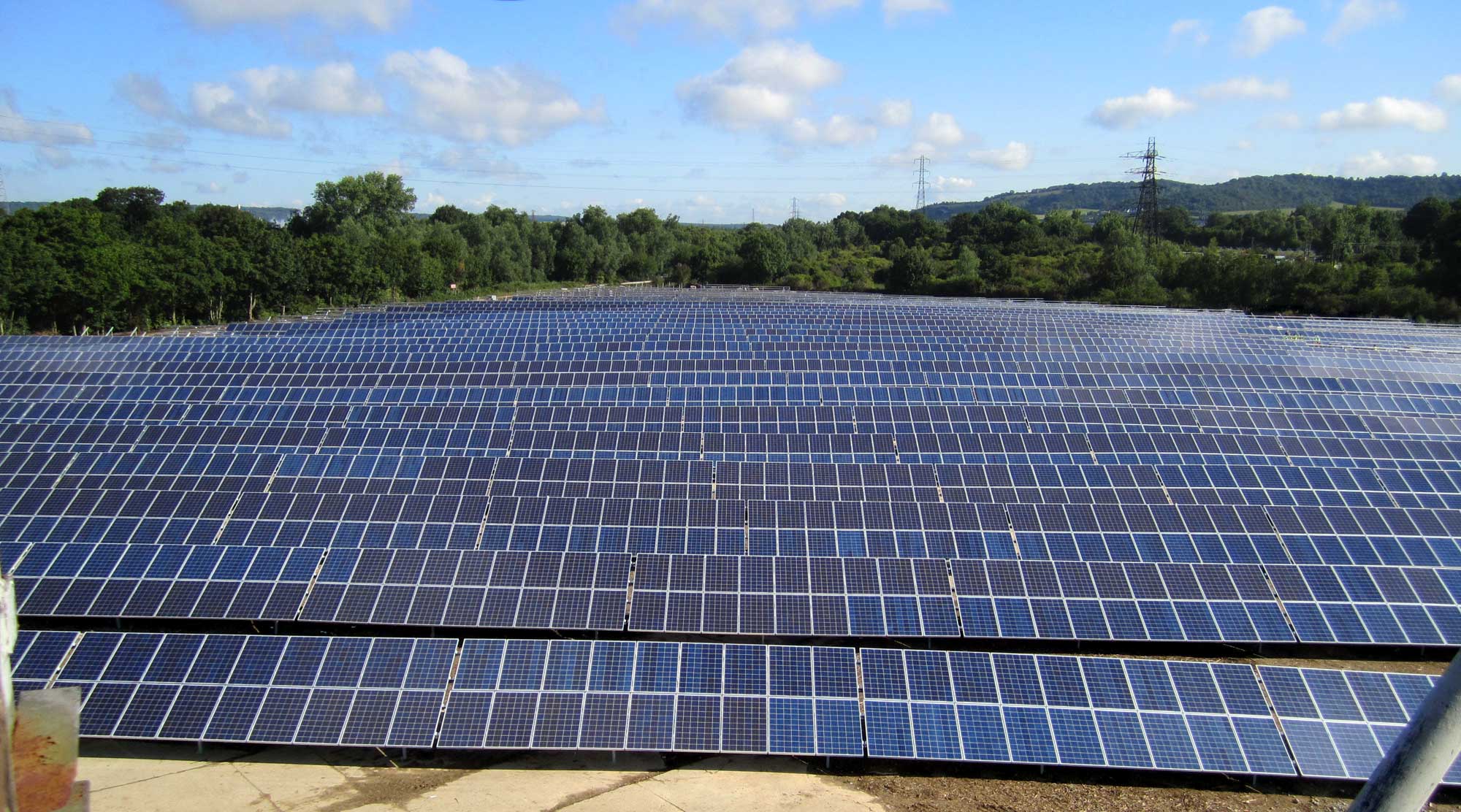Introduction
As solar energy continues to surge in popularity, Community Solar portfolio projects in particular have gained momentum as an attractive option for individuals, businesses, and communities to access clean, renewable energy. Community solar projects offer the benefits of solar power without the need for individual rooftop installations. However, given the relatively small sizes of these projects, they often face challenges when it comes to efficiency compared to utility-scale solar farms. In this article, we’ll explore how to bridge the efficiency gap and bring the advantages of utility-scale solar to Community Solar portfolio projects.
Optimize Site Selection
One of the primary factors contributing to the efficiency of utility-scale solar projects is thoughtful and strategic site selection. Utility-scale solar farms are often able to be carefully selected in regions with abundant sunlight, optimal topographic conditions, and easy access to the electrical grid. In contrast, community solar projects are often constrained by the available land and resources in a specific area. To bridge the efficiency gap, it is even more crucial for community solar developers to identify and select the best possible sites for these projects.
Key considerations for site selection include:
- Solar resource assessment to determine the site’s solar potential
- Proximity to the electrical grid for cost-effective interconnection
- Availability of land with optimal topographic conditions as well as minimal shading and obstructions
- Favorable and feasible local zoning regulations and permitting requirements
Scalability and Standardization
One of the significant advantages of a utility-scale solar project, when compared to other types of solar projects, is its scalability and standardization. Community solar projects can also achieve these efficiencies by developing consistent and standardized designs and construction processes. By establishing a repeatable model (which is continuously monitored, assessed and improved upon), EPCs can streamline project execution and energization, while reducing costs and increasing efficiency.
Benefits of scalability and standardization include:
- Reduced design and engineering costs
- Faster project development and construction
- Consistent quality and performance across multiple installations
Advanced Technologies
Utilizing advanced solar technologies is another way to enhance the efficiency of community solar projects. The most advanced and proven solar panels, inverters, and tracking systems can improve energy yield and overall system performance while remaining reliable. While these technologies may require higher upfront investments, they can yield substantial long-term benefits.
Consider integrating the following technologies into your community solar projects:
- High-efficiency bi-facial solar panels
- String inverters or microinverters for improved energy harvest
- Single-axis or dual-axis tracking systems for maximum sunlight capture
Economies of Scale
While community solar projects are typically much smaller in scale than utility-sized solar installations, economies of scale can still be realized in other ways. Partnering with other community solar projects in a portfolio or forming alliances with other local energy providers can help reduce costs by optimizing labor allocations as well as procuring equipment and services in bulk. Additionally, favorable financing terms and group purchasing power can further enhance project efficiency.
Robust Operations and Maintenance (O&M)
The ongoing success of any solar project, whether utility-scale or community-based, largely depends on effective operations and maintenance. By implementing a comprehensive and project-specific O&M plan, community solar projects can ensure optimal system performance, which is essential for efficiency and long-term financial viability.
Key elements of a robust O&M plan include:
- System inspections and cleaning schedule tailored to each project’s specific needs
- Monitoring and performance analysis to identify, assess and address issues promptly
- Efficient reporting and communication channels to keep stakeholders informed
“We have a company-wide culture of emphasizing and prioritizing the discovery and implementation of efficiencies in our various processes” said Ruben Fontes, an operations executive at Santé Group who has worked in solar project development, finance and construction for over 14 years. “This works particularly well in the solar industry, since the continuously-evolving landscape and competitive nature of this space requires that mindset. Our approach to the design and construction of community solar and utility-scale solar projects is exactly the same in that aspect: how can we optimize our internal processes to provide budget and timeline certainty for our clients while never compromising on our core values of safety and quality?”
Conclusion
Bringing utility-scale solar efficiencies to community solar portfolio projects is not only possible but essential for ensuring the long-term success of these worthwhile initiatives. By optimizing site selection, embracing scalability and standardization, adopting advanced technologies, leveraging economies of scale, and maintaining robust operations and maintenance, community solar projects can bridge the efficiency gap and successfully provide clean, renewable energy to local communities.
As the demand for clean energy continues to grow, community solar projects have a unique opportunity to play a significant role in our transition to a sustainable future. By focusing on efficiency and performance, project developers and EPCs can take the necessary steps to maximize their impact and ensure that clean, accessible energy will continue to be available to an increasingly broader audience.


